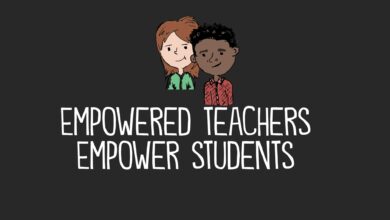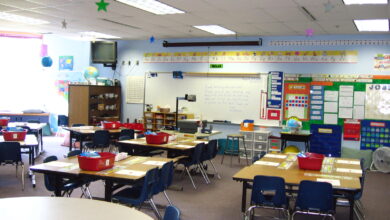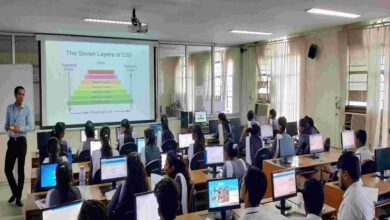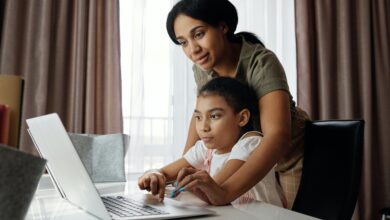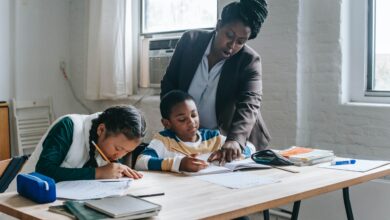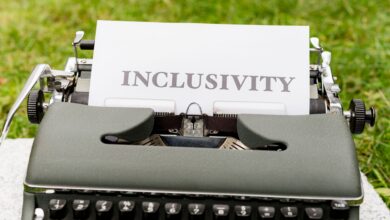Supporting Students with Special Educational Needs
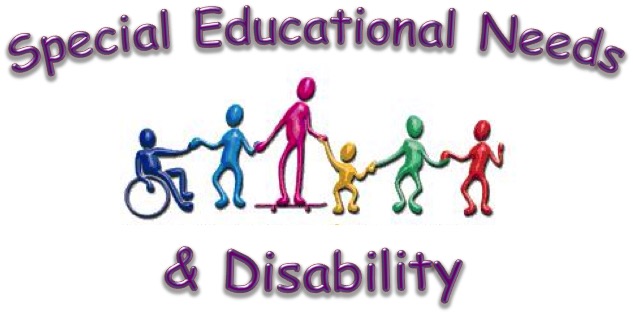
Introduction
Supporting students with special educational needs is a fundamental aspect of inclusive education that promotes equitable access and opportunities for all learners. Students with special needs may require additional support, accommodations, or modifications to fully participate in the curriculum and achieve academic success. In this blog post, we’ll explore practical strategies and approaches for effectively supporting students with special educational needs in the classroom.
Understanding Special Educational Needs
Recognize and understand the diverse range of special educational needs that students may have, including learning disabilities, attention-deficit/hyperactivity disorder (ADHD), autism spectrum disorder (ASD), intellectual disabilities, speech and language disorders, sensory impairments, and physical disabilities. Each student’s needs are unique, requiring individualized support and interventions tailored to their specific strengths, challenges, and preferences.
Individualized Education Plans (IEPs)
Collaborate with parents, caregivers, and special education professionals to develop and implement Individualized Education Plans (IEPs) for students with special needs. IEPs outline specific goals, accommodations, and services to support students’ academic, social-emotional, and behavioral needs. Review and update IEPs regularly, incorporating input from all stakeholders and adjusting strategies as needed to ensure student progress and success.
Differentiated Instruction and Universal Design
Differentiate instruction and adopt Universal Design for Learning (UDL) principles to accommodate diverse learning needs and preferences. Offer multiple means of representation, engagement, and expression to ensure equitable access to learning opportunities for all students. Provide alternative formats, materials, and instructional supports to address individual learning styles, abilities, and interests.
Assistive Technology and Tools
Integrate assistive technology and tools to support students with special needs in accessing and engaging with the curriculum. Explore a variety of assistive technology options, including text-to-speech software, speech recognition tools, graphic organizers, tactile materials, adaptive devices, and communication aids. Provide training and support for students to effectively use assistive technology to enhance their learning experiences.
Positive Behavior Support
Implement positive behavior support strategies to promote a positive and inclusive classroom environment for students with special needs. Establish clear expectations, routines, and procedures, and provide visual supports and cues to help students understand and follow expectations. Use proactive strategies such as reinforcement, praise, and encouragement to promote desired behaviors and prevent challenging behaviors from occurring.
Peer Support and Peer-Mediated Instruction
Encourage peer support and peer-mediated instruction to facilitate social interactions and peer relationships for students with special needs. Pair students with peer buddies or mentors who can provide academic support, social skills coaching, and friendship. Promote collaboration, teamwork, and inclusion by involving all students in group activities, projects, and cooperative learning tasks.
Collaboration and Professional Development
Collaborate with special education professionals, related service providers, and support staff to coordinate services and resources for students with special needs. Share information, insights, and best practices with colleagues to ensure a coordinated and cohesive approach to supporting diverse learners. Participate in ongoing professional development and training opportunities to enhance your knowledge, skills, and competencies in supporting students with special educational needs.
Family Partnerships and Communication
Establish open, respectful, and collaborative partnerships with families and caregivers of students with special needs. Involve families in the development and implementation of IEPs, and solicit their input, insights, and feedback on their child’s progress and needs. Communicate regularly with families, providing updates on student performance, goals, and achievements, and offering resources and support for navigating the special education process.
Conclusion
Supporting students with special educational needs requires a comprehensive and collaborative approach that encompasses individualized support, differentiated instruction, assistive technology, positive behavior support, peer-mediated instruction, collaboration with colleagues and professionals, family partnerships, and ongoing professional development. By embracing inclusion, diversity, and equity in education, educators can create supportive and inclusive learning environments where all students can thrive and succeed.




